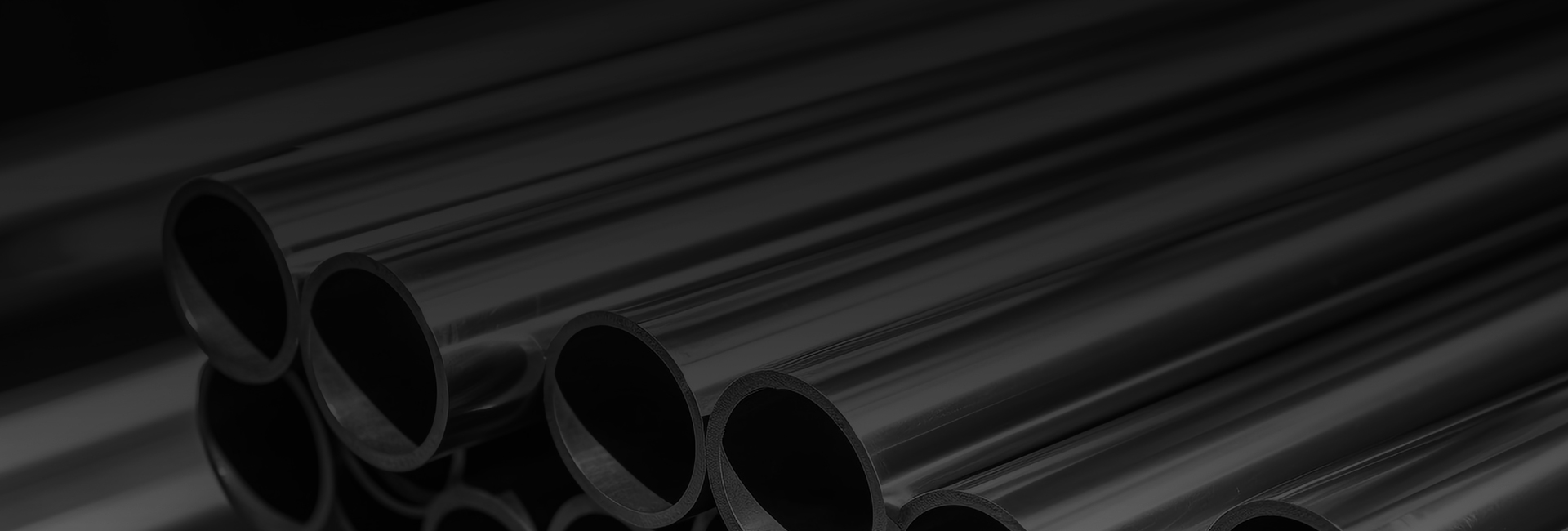Product introduction
As the name suggests, the piston rod is a connecting component that supports the piston to do work. It is mostly used in oil cylinders and cylinder motion execution components, and is a frequently moving and technically demanding moving component. The quality of its processing directly affects the life and reliability of the entire product. The processing requirements for piston rods are high, with a surface roughness requirement of 0.4-0.8, which is quite strict. The piston rod moves frequently, indicating that it needs to withstand tremendous friction during operation. Therefore, the piston rod requires high hardness, wear resistance, and service life. To achieve this, the only way is to use ultrasonic quenching for heat treatment of the piston rod.
Quenching is an effective method for improving the service life, hardness, and other properties of piston rods. The ultrasonic quenching equipment performs quenching heat treatment on the piston rod, usually by heating the temperature to 800-900 ℃ and then rapidly cooling, which increases the hardness of the workpiece and meets its working needs.
The piston rod is quenched using an ultrasonic frequency quenching furnace, and the quenching speed is generally required to be relatively fast. Such a fast quenching speed is to reduce decarburization and oxidation of the workpiece during the quenching process, ensure quenching quality, and on the other hand, a fast quenching speed is also an effective way to avoid workpiece quenching deformation. When the ultrasonic frequency quenching furnace is used to quench the piston rod, it does not produce noise and dust, which greatly improves the working environment of workers and the workshop environment, and meets the requirements of national environmental protection policies.
